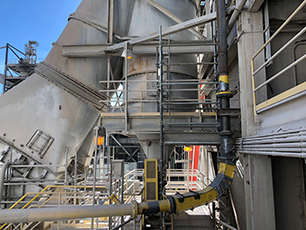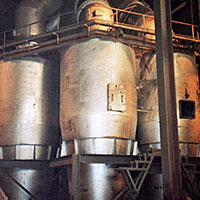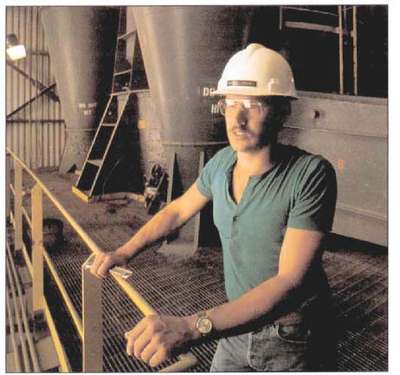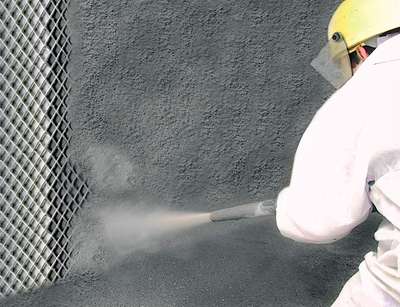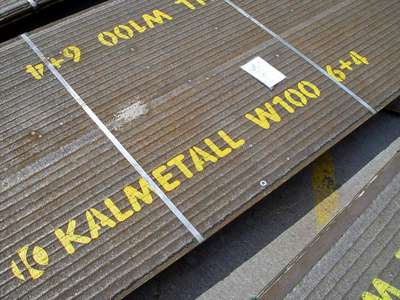Wear Protection Solutions for Cement
Large quantities of bulk material are handled in the conveying and storing systems of cement plants. Unless they are suitably protected these systems will experience frequent failure requiring repair or replacement. All sections of cement plants are at risk with regard to wear. This covers the raw material storage and raw material processing. It includes coal pulverizing and injection into the rotary kiln. Furthermore, clinker handling and clinker grinding as well as handling of additives and cement are characterized by the same problems. Kalenborn Abresist offers a complete array of wear protection solutions. Depending on the type of installation and the operating conditions, different types of mineral, ceramic and metallic materials, compounds or engineering plastics are used.
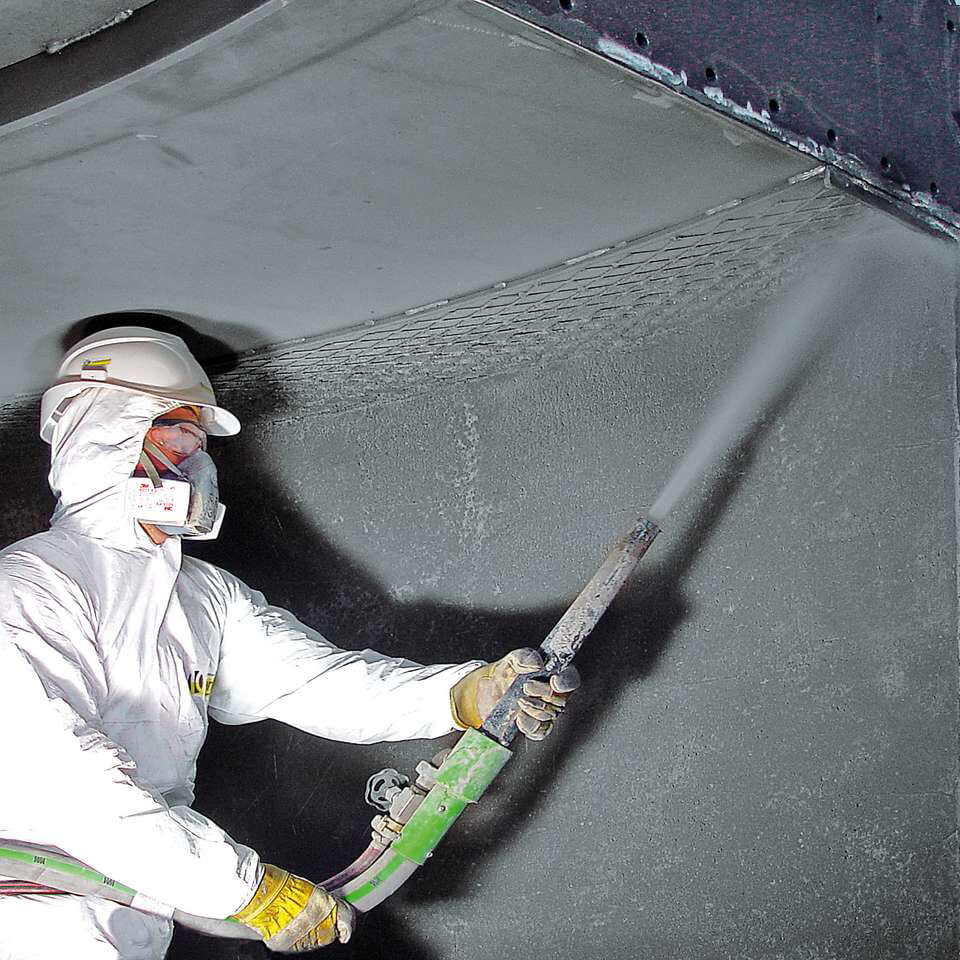
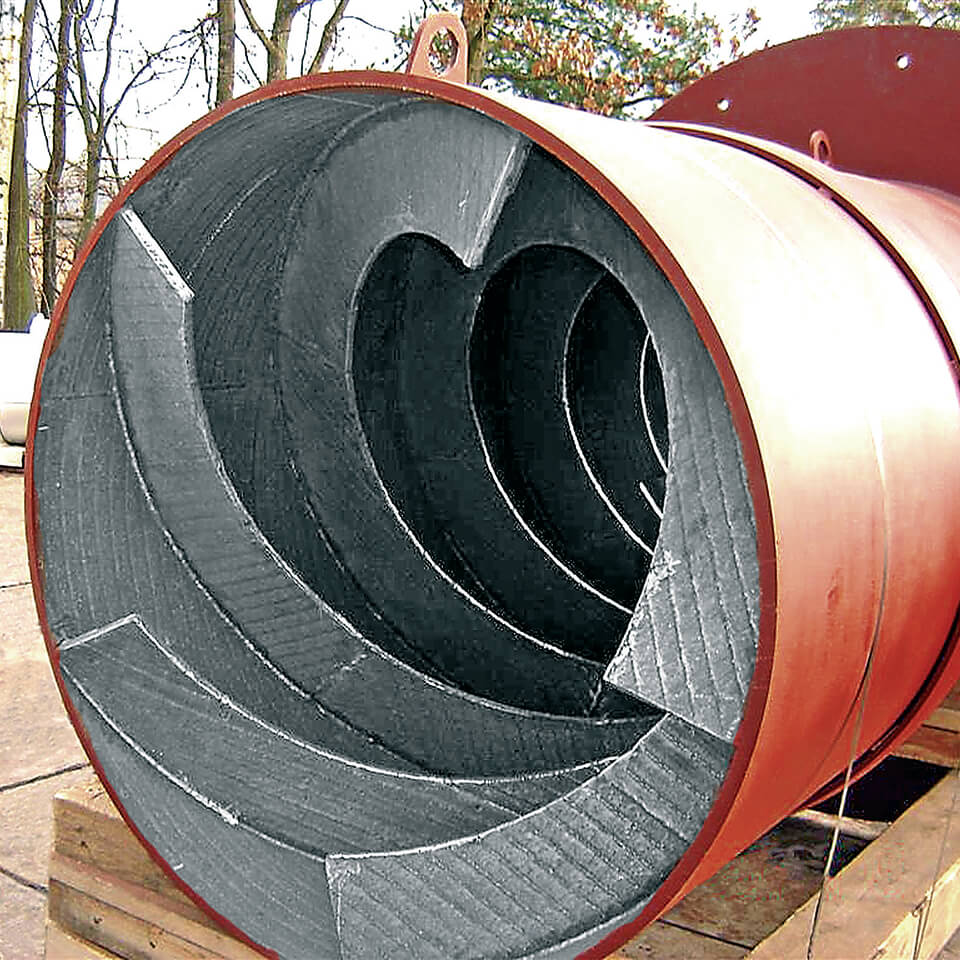
KALCRET hard compound is used for wear protection lining of pipe components, cyclones and other shaped elements. KALCRET troweled compound allows protection of horizontal, vertical, inclined and curved surfaces. Furthermore, safe overhead working is feasible. KALCRET cast compound is particularly useful for protecting flat surfaces against wear or if formwork can be used. KALCRET sprayed-on compound allows large surfaces to be lined in a minimum of time. It may be applied by spraying horizontally, vertically or even overhead without any problems.
Kalenborn Abresist fabricates KALMETALL chrome carbide weld overlay, standard grades of carbon and AR plate into wear resistant plates, piping and a variety of complete wear protected structures and assemblies. KALMETALL can also be adapted to specific uses by varying the alloy of the hard overlay welding. KALMETALL incorporates several hard overlay welded steel systems that consist of a tough basic body and hard overlay welding. The base metal provides the toughness of the system. Depending on the specific application, it is made of standard or special steels. The hard overlay welding is the wear layer. It consists of a C-Cr-Fe system with primary chromium carbides. The carbides provide the extreme hardness of the overlay welding. Depending on the composition of the alloy, the hardness may be up to 820 HV.

